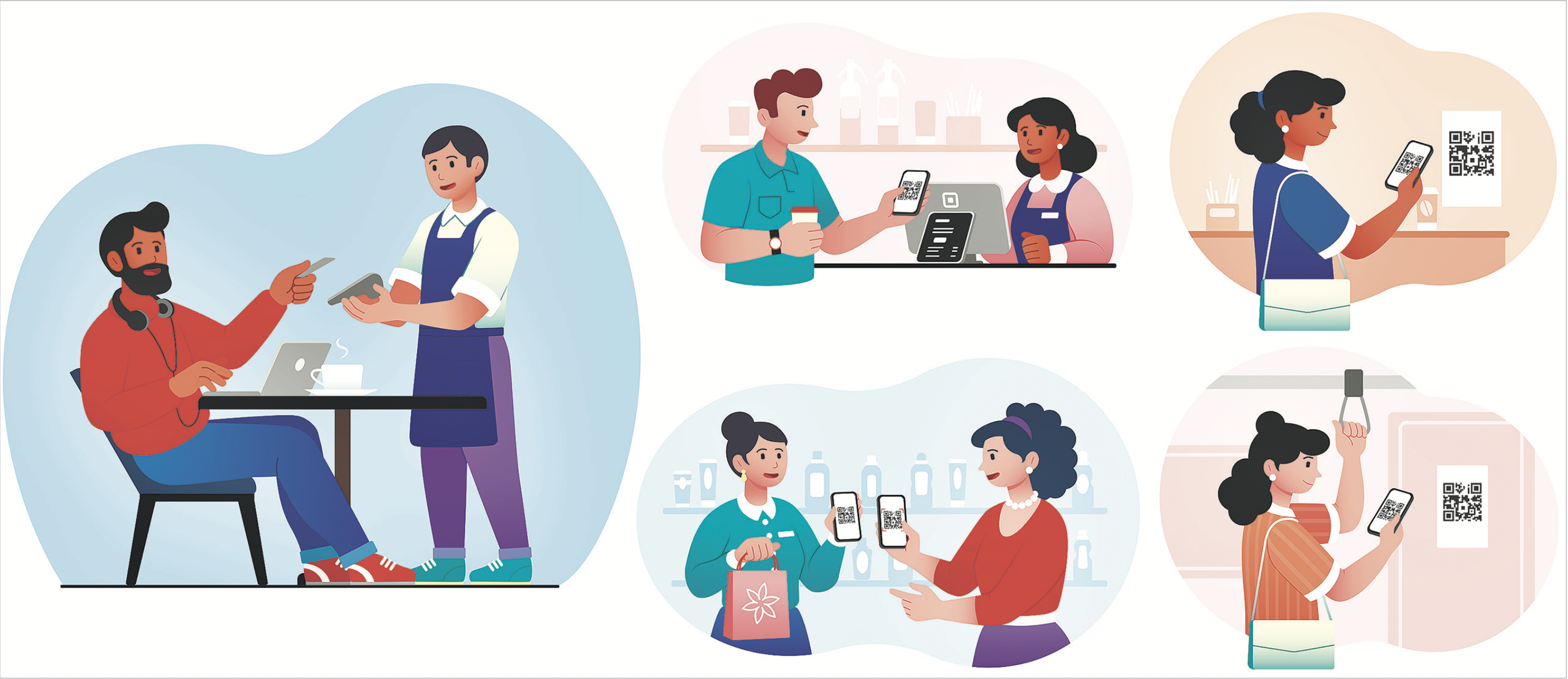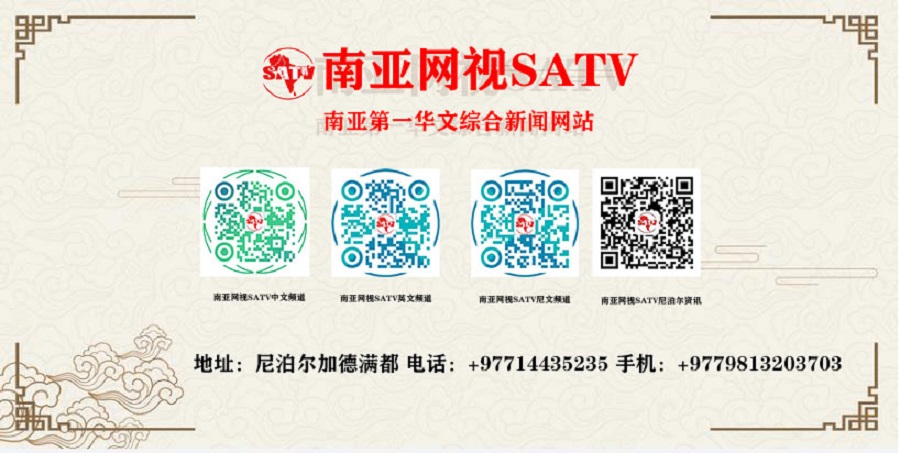
Nepalis can now borrow up to Rs500,000 from their banks over the internet, and save themselves a trip to the banking office.
On February 11, Nepal Rastra Bank issued the Digital Lending Guidelines 2022 allowing customers to obtain loans of up to Rs500,000 from the digital platforms of their banks or from e-wallet from the comfort of their homes or anywhere else.
The policy will facilitate small lending for micro, cottage and small scale enterprises, personal loans and education loans, officials said.
According to the central bank, employees holding salary accounts and professional and entrepreneurial account holders can get loans of up to Rs500,000. For other account holders, the maximum limit has been set at Rs200,000.
The payback period for both categories of loans is three years, and repayment can be made on instalment basis.
Guru Prasad Poudel, executive director of the central bank, said the move was aimed at making the digital payment ecosystem inclusive. “It is also preparation towards a cashless society,” he said.
"The applicant should submit the required paperwork digitally," Poudel said. “Small borrowers for micro, cottage and small scale enterprises, and people seeking personal or education loans can benefit from this scheme.”
While receiving loan applications from customers, banks and financial institutions need to create a separate portal for digital credit flow, as per the guidelines.
Banks can receive loan applications through their mobile app. After the loan is approved, the customer will be informed through a digital medium.
"Banks will track the creditworthiness of the applicants besides observing their other online transactions before issuing the loan," Poudel said.
According to the central bank's guidelines, customers have to be clearly informed early on about the extra charges involved when taking loans digitally. Banks are permitted to collect only loan service charge and third party charges from their borrowers.
If payment service providers are the official representatives of the digital loan process, banks and financial institutions should not charge customers.
Licensed payment service providers using the technology will ease lending by creating contact between potential customers and banks and financial institutions.
The guideline says that in case a borrower does not repay the loan, the interest on the loan and the penal interest within the time limit, the bank or financial institution should write to the Credit Information Bureau to blacklist such borrowers according to the prevailing laws.
Banks and financial institutions also need to submit details of the digital loans issued every three months to the central bank.
Customer details and financial information should not be used or distributed for other purposes without the customer’s approval, and the information needs to be stored safely and securely, the guideline said.
Amit Agrawal, co-founder and director of Khalti, a digital wallet system, hailed the central bank’s move.
“We have created e-wallet services not only for payment but also for digital financial services. Digital finance services mean access to financial services as well as to capital,” Agrawal said.

Digital payments during the period mid-December to mid-January, the sixth month of the current fiscal year, amounted to Rs5.14 trillion with 54.56 million digital transactions. Shutterstock
Transactions through digital payment systems have swelled tremendously in recent years, and the development and expansion of digital payment related infrastructure like real time gross settlement (RTGS), interbank fund transfer, payment card, mobile wallet, mobile banking and internet banking has played a significant role in the spread of online transactions.
Digital payments during the period mid-December to mid-January, the sixth month of the current fiscal year, amounted to Rs5.14 trillion with 54.56 million digital transactions. In the previous month, there were 49.45 million transactions worth Rs4.84 trillion.
Poudel said that since the month-long period from mid-December to mid-January marks the end of the second quarter, the volume of payments usually increases. This time, it increased through digital means.
"The rise in transactions also shows that more people are making most of their transactions online," he said.
A breakdown by online payment platforms shows that Rs3.68 trillion worth of transactions were made through RTGS from mid-December to mid-January.
The figure represents a sharp increase from the Rs1.68 trillion recorded in the same period of the last fiscal year.
Transactions through the interbank payment system between mid-December and mid-January totalled Rs167.79 billion, down from Rs242.53 billion during the same period in the previous year.
According to the central bank, ConnectIPS payments during the review period rose to Rs247.47 billion from Rs100.77 billion in the same period in the last fiscal year.
Internet banking also swelled to Rs13.49 billion in the review period from Rs8.50 billion previously.
Transactions through mobile banking increased to Rs94.40 billion from Rs33.15 billion, and wallet transactions swelled to Rs16.27 billion from Rs9.65 billion.
As per the central bank, quick response (QR) code-based payments during the period mid-December to mid-January rose to Rs6.52 billion from Rs1.24 billion.
Electronic transfer of funds at point of sale (retail transactions) also increased to Rs4.39 billion in the review period from Rs3 billion previously.
E-commerce transactions using cards went down to Rs349 million during the review period from Rs843 million in the same period in the last fiscal year.
Payment service providers say they plan to introduce the lending system soon.
“It will take a few months for us to introduce the lending services from our platforms as we need to build a system and collaborate with banks. We have to prepare a separate team to provide the service,” said Agrawal. “This is one of the biggest achievements in itself and a milestone in the country’s digitalization endeavours.''













